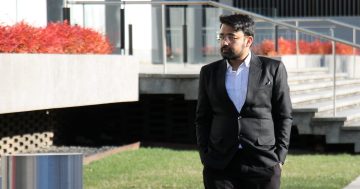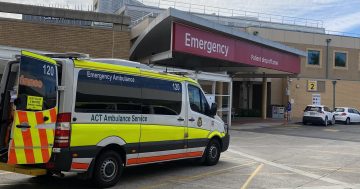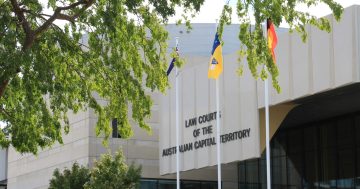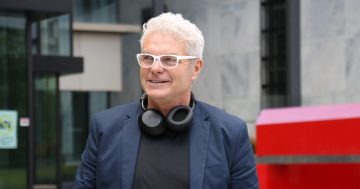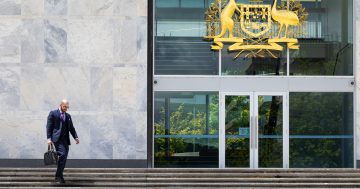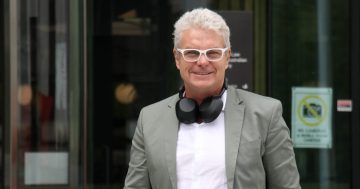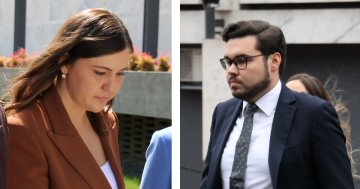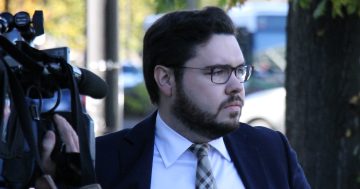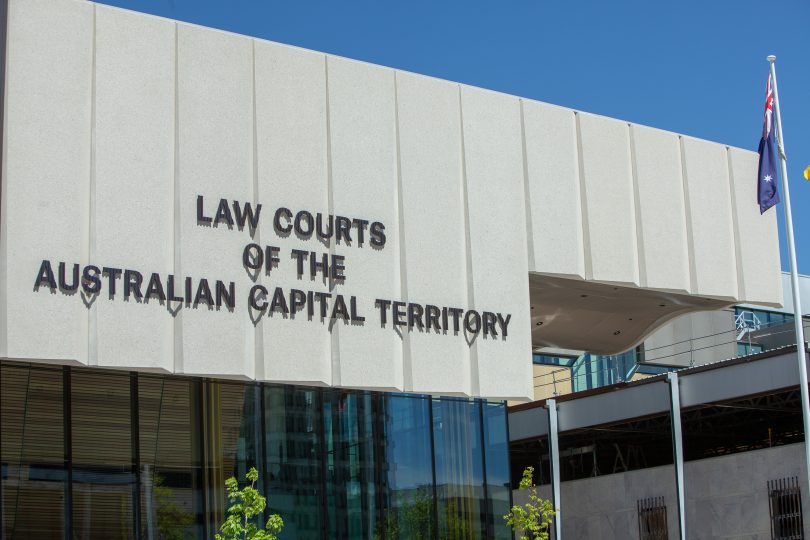
The jury retired last Wednesday and has gone back to the judge several times with questions. File photo.
The prospect of a hung jury is looming in the Eastman murder trial, with the trial judge sending the five women and seven men home early after hearing that they were unable to come to a unanimous verdict.
David Harold Eastman is being tried in the ACT Supreme Court for the second time for the 1989 shooting murder of Australian Federal Police Assistant Commissioner Colin Winchester.
Acting Justice Murray Kellam told the jury this afternoon to have a night to reflect and come back in the morning.
“It is the experience of the court that if juries think carefully and reasonably about others’ viewpoints they can come to an agreement,” he said.
He acknowledged it was a stressful experience and that he did not want anyone suffering from stress.
The judge reminded the jury that he did have the power to discharge them from giving a verdict if he was satisfied there was no likelihood of a decision.
“I think it’s best to sort it out tomorrow morning,” he said.
Earlier, the jury had sent a note to the court saying they had been unable to reach a unanimous verdict and asked the judge for advice.
The jury retired last Wednesday and has gone back to the judge several times with questions.
Mr Eastman was found guilty in 1995 of the killing of Mr Winchester, who was shot with a Ruger .22 rifle fitted with a silencer as he got out if his car in a neighbour’s driveway in Deakin, after a lengthy police investigation that included the bugging of his flat, and a difficult trial marked by the accused’s erratic behaviour. He was sentenced to life imprisonment without parole.
But the 73-year-old former Canberra public servant has always maintained his innocence and after years of appeals, a 2014 inquiry found there had been a miscarriage of justice.
The Supreme Court quashed the conviction, released Mr Eastman from prison, and ordered a retrial, with Mr Eastman going in vain to the High Court in a bid to stave off being tried again.
The new trial began on 18 June with the prosecution mounting a mainly circumstantial case, arguing that Mr Eastman killed Mr Winchester because he would not help have assault charges dropped, threatening Mr Eastman’s chances of rejoining the public service.
Mr Eastman’s defence rejected the alleged motive, cast doubts on the police tapes from the bugging operation, witness statements and proffered an alternative scenario that the murder was a Mafia hit related to Mr Winchester’s investigations into drug crops outside of Canberra.












